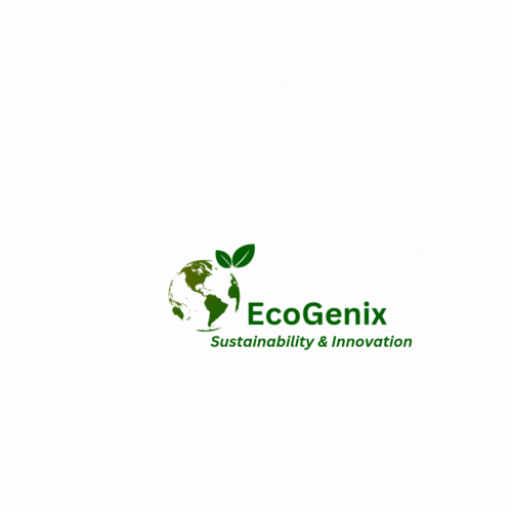QUOTE: Addressing the interconnected challenges of food security, sustainability, agriculture, climate change mitigation, and public health requires a collaborative and innovative approach to create a resilient and equitable future for all.” – Wayne Tota
INTRODUCTION
Malaysia, a country known for its tropical climate, is currently grappling with a severe heat wave that poses multifaceted challenges to various sectors, including food security, sustainability, agriculture, climate change mitigation, and public health. This article aims to delve into the potential causes, effects, impacts, and mitigation measures associated with Malaysia’s heat wave, with a particular focus on these interconnected areas.
CAUSE OF HEAT WAVE
The heat wave in Malaysia is attributable to a combination of natural and human-induced factors. Natural causes include the El Niño-Southern Oscillation (ENSO), a climatic phenomenon characterized by unusual temperature patterns in the Pacific Ocean. Human-induced factors such as deforestation, urbanization, and the emission of greenhouse gases contribute to overall global warming and amplify the intensity of heat waves.
EFFECTS ON FOOD SECURITY
The heat wave poses significant implications for food security in Malaysia. Rising temperatures and prolonged heat stress adversely affect crop growth and livestock productivity. Decreased water availability due to drought conditions can hamper irrigation systems, exacerbating water scarcity for agriculture. Heat-related diseases may also impact livestock health, thereby disrupting the overall food supply chain.
IMPACTS ON SUSTAINABILITY
Sustainability in Malaysia faces substantial challenges as a result of the heat wave. Water resources come under increasing pressure due to the heightened demand for agriculture, industrial activities, and domestic use. Moreover, the heat wave intensifies energy consumption for cooling purposes, straining energy infrastructure and contributing to elevated carbon emissions.
IMPACTS ON AGRICULTURE
The agricultural sector bears the brunt of the heat wave’s impacts. Reduced crop yields, lower soil fertility, and increased pest infestations are among the consequences of extreme heat. Traditional farming practices face unprecedented challenges, necessitating the adoption of sustainable and climate-smart agricultural techniques to enhance resilience.
IMPACTS ON CLIMATE CHANGE
The heat wave reinforces the urgency of climate change mitigation efforts. It underscores the need for comprehensive actions to reduce greenhouse gas emissions, transition to renewable energy sources, and improve energy efficiency. Failure to address climate change can exacerbate the frequency and intensity of heat waves, leading to severe repercussions for Malaysia’s environment and society.
IMPACTS ON PUBLIC HEALTH
The heat wave also poses risks to public health in Malaysia. Heat-related illnesses, such as heat exhaustion and heatstroke, become more prevalent during extreme heat events. Vulnerable populations, including the elderly, children, and individuals with pre-existing health conditions, are particularly at risk. Adequate public health measures and interventions are necessary to mitigate these health impacts.
MITIGATION MEASURES
To address the challenges posed by heat waves and safeguard food security, sustainability, agriculture, climate change mitigation, and public health, the following mitigation measures should be considered:
- Climate-Resilient Agriculture: Promote sustainable and climate-resilient agricultural practices such as agroecology, precision farming, and efficient irrigation methods to adapt to changing climatic conditions.
- Water Resource Management: Implement water conservation strategies, enhance water storage infrastructure, and encourage responsible water use in agriculture, industries, and households.
- Renewable Energy Transition: Accelerate the shift towards renewable energy sources such as solar and wind power, reducing reliance on fossil fuels and lowering carbon emissions in line with international climate goals.
- Urban Planning and Green Infrastructure: Incorporate climate-smart urban planning, including green spaces, urban forestry, and sustainable building design, to mitigate urban heat island effects and enhance local resilience.
- Public Awareness and Education: Raise public awareness about the impacts of heat waves and promote sustainable practices, energy conservation, and climate change adaptation strategies to foster community resilience.
CONCLUSION
The Heat…….
ARTICLE BY: WAYNE TOTA



Leave a Reply